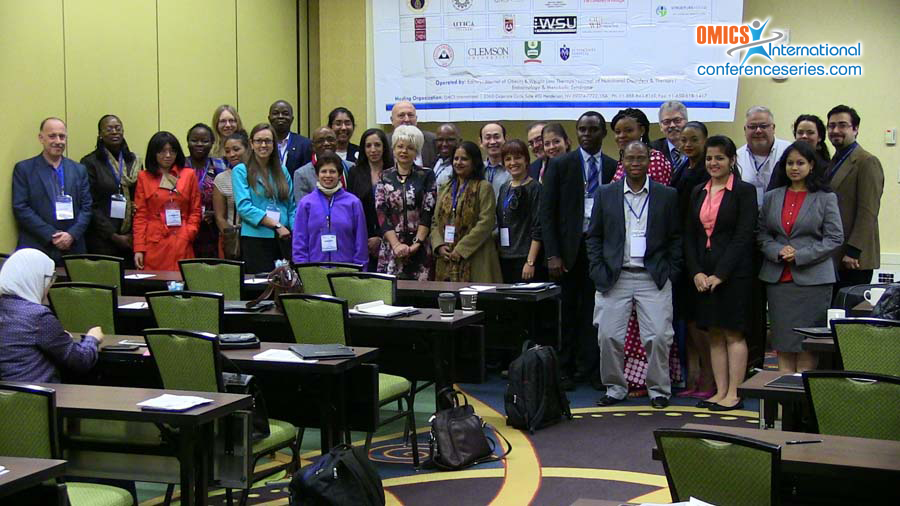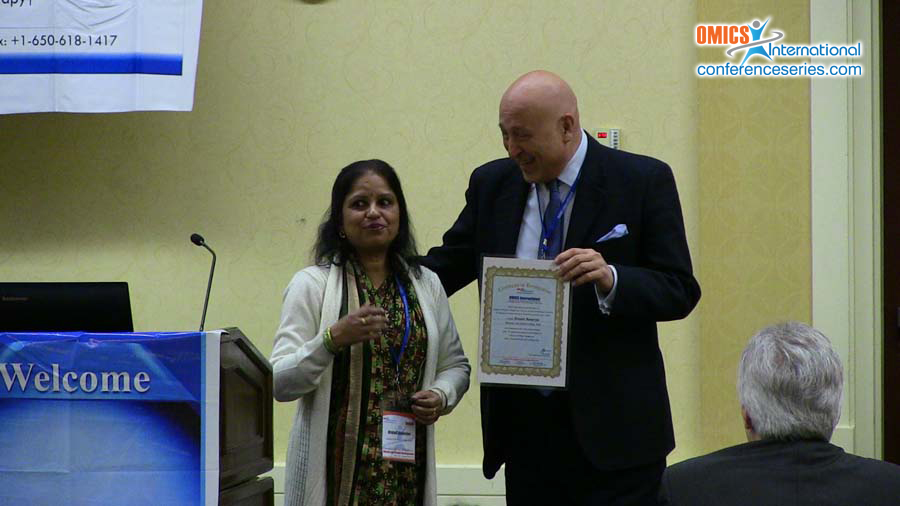
BRATATI BANERJEE
Maulana Azad Medical College
New Delhi
India
Title: Role of Yoga and Meditation in prevention of obesity
Biography
Biography: BRATATI BANERJEE
Abstract
Noncommunicable diseases (NCDs) kill 38 million people annually, 82% of which is contributed by four groups of diseases – cardiovascular diseases (17.5 million), cancers (8.2 million), respiratory diseases (4 million), and diabetes (1.5 million). Four behavioral risk factors – tobacco use, physical inactivity, harmful use of alcohol and unhealthy diets – increase the risk of dying from NCDs. These risk factors, in turn precipitate four physiologic/metabolic risk factors – obesity, raised blood pressure, and raised blood glucose, dyslipidemia. Obesity, a major contributor to mortality and morbidity, has more than doubled in the world since 1980. In 2014, 39% of adults aged 18 years and over were overweight and 13% were obese. Stress is a single major parameter that is individually related to all the risk factors as well as to the major NCDs. Stress is also intimately related to obesity through release of glucocorticoids and catecholamine’s which alter appetite regulation and metabolism, and through increased intake and unhealthy diet, and harmful use of alcohol. Yoga and meditation trace their origin to India, the first references of these having been found in scriptures as far back as the sixth century BC. Since then these have been cultivated over centuries and have gained popularity to develop a more positive attitude and thus reduce stress. Role of healthy diet and increased physical activity in weight management has been established since long. Present review throws light upon the role of mediation in prevention of obesity, through regulation of release of stress hormones and reduction of harmful behavioral risk factors.



